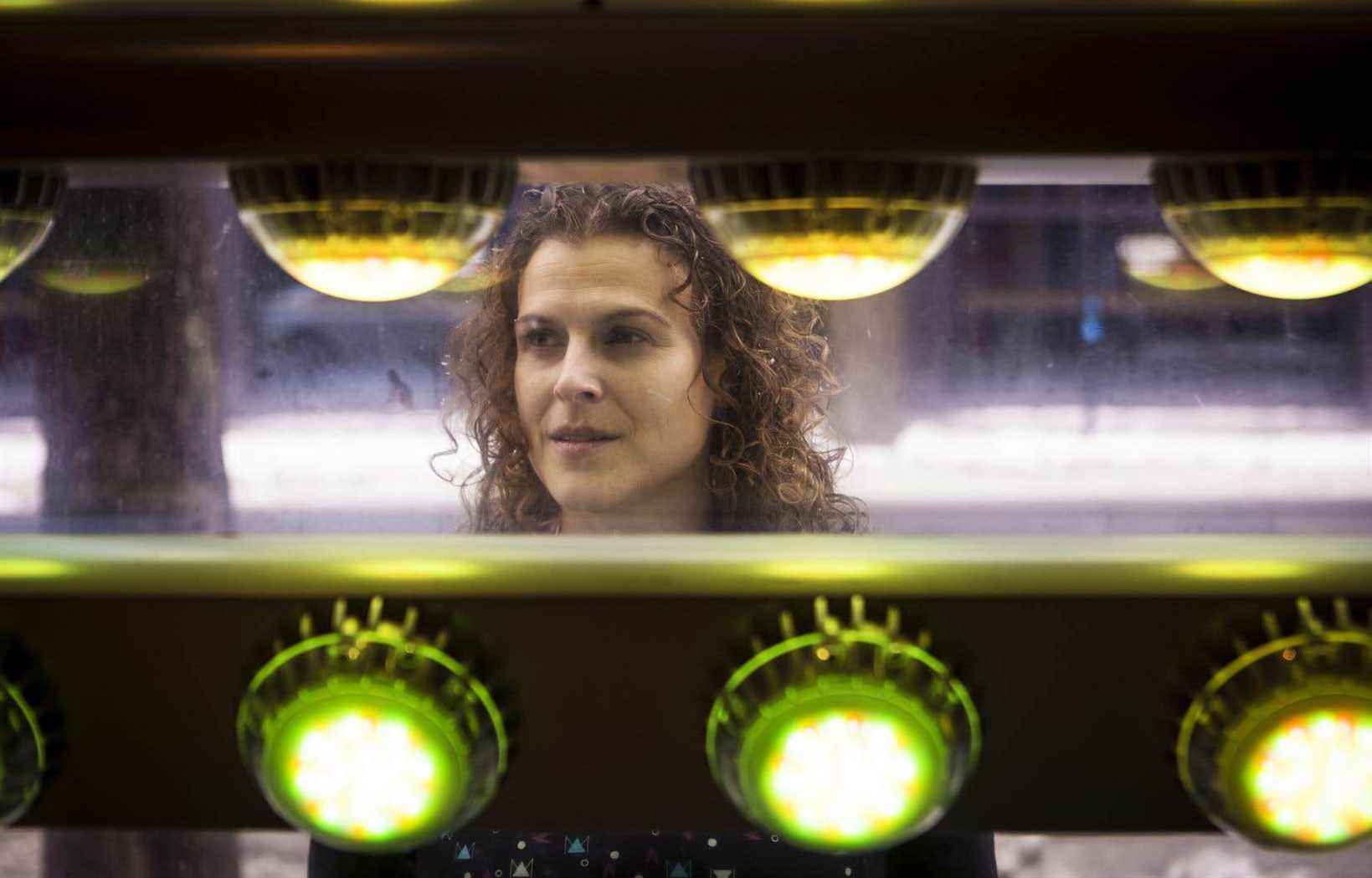Begun in 2018, the reflection on theater and communication technologies undertaken by director Mireille Camier should see the light of day on January 14 at the Outremont theater, the Petit Théâtre de Rouyn-Noranda and the Michel-Côté Hall in Alma. . Three audiences, in three different rooms, attending at the same time the same theatrical creation, interpreted by three actors, Sarianne Cormier in Montreal, Étienne Jacques in Rouyn-Noranda and Véronique Pascal in Alma, and then Gaspé, Sherbrooke and Montmagny, brought together by video conference.
This piece is called Bluff. A text by Jean-François Boisvenue and Sophie Gemme, a scenography by Mireille Camier who, three years ago, was awarded a grant from the Conseil des arts et des lettres du Québec to explore the issue of telepresence in the theatrical world in the facilities of the Society for Technological Arts. All this at a time when pandemic isolation was not even on our radars, even the most enlightened ones.
The momentum was elsewhere. “The Company works with software that makes it easier to create events from a distance, which made me want to create a play with characters brought together by telepresence,” explains Mireille Camier. However, I also believe in the notion of public; I like the theater because it brings people together. So, bring together three places, three rooms, three spaces [habités par des acteurs et un public] in a common moment, it turned on me a lot, and it was the basis of my research: how to bring people together without regard to physical distance. “
Take care of your image
Thus, new technologies, the starting point of the approach of Mireille Camier and her collaborators playwrights, also become the subject of the play “which questions the authenticity of our relationships at a distance, our relationship to the other at a distance. , the difference between who we are in private and our social character ”, which we develop through cameras and screens. A question as vast as it is universal, considers the director, evoking the “I is another” formulated by Arthur Rimbaud in another century.
However, this reflection has evolved at high speed since Mireille Camier lingered on it in 2018, and even more because of the pandemic: behind our screens, smartphone in hand, planning our working meetings on Zoom, Slack and Google Meet, the majority of people have also thought about this idea of image projected by digital channels, recognizes the director.
“It is certain that the reflection we had in 2018 on our long-distance relationships, our relationship to images and virtual gatherings had a different scope. I think that we have deepened the reflection in our creation, rather than making big changes ”in terms of dialogues or dramaturgy. “The spectator’s perception will be different from what he would have had if this piece had been presented in 2019.”
Or, again, in January 2021, as it was originally planned. The lockdown at the time forced the production to revise its schedule – which is no small feat when it comes to coordinating three theaters and seven broadcasters at the same time. “It’s a big challenge in terms of production, and the threat of having to cancel everything, again, puts an enormous weight on us …” Mireille Camier and her team will have to make a decision in the coming days, according to the instructions given. Minister Christian Dubé who, on December 20, ordered theaters to be closed for an indefinite period.
The viewer’s perception will be different from what they would have had if this piece had been presented in 2019.
Towards a new theater
Which raises another question, just as existential, but concerning the theater itself: can these new technologies allowing telepresence also give birth to the teletheatre? Is there a theatrical performance if the audience and the actor are not gathered in the same place? And is Bluff could be held in empty rooms, but with an audience present, at home, in front of the screen?
“I was taken with this same issue last year, before confinement, recalls Mireille Camier. However, for this specific project, the audience seated in the room is part of the artistic proposal ”, its staging taking into consideration the three audiences in as many rooms at the same time, as well as the particular dynamic which allows the actors to interact with each other, but from a distance, this action being projected on screens arranged on the stages. “It would be distorting the whole staging project not to see it in person, in the room”, fears the one who sits on the digital committee of the Quebec Council of the theater.
Telepresence, in this case, cannot be a bypass for theatergoers who are prevented from going to theaters. A show conceived as being hybrid could have been, estimates Mireille Camier, “as far as we think of the two audiences”, that one, indoors, does not live a stronger or more personalized experience than the other. in front of his screen. “I am also in favor of direct, time-sharing”, rather than recordings of performances intended to be presented later. “For me, it is essential to living art. “
